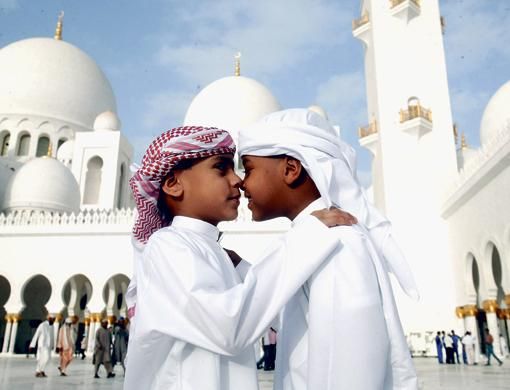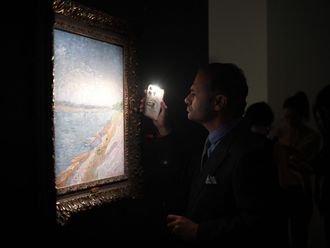Dubai: The UAE of today is different from what it used to be five decades ago before the beginning of oil production.
Today it is a developed country, where cultural values and traditions make up its distinctive identity.
In the first of a series of articles introducing UAE culture and traditions, Gulf News outlines the history of the UAE until the formal establishment of the UAE federation in 1971
The earliest known inhabitants of the UAE seem to have arrived in the Early Stone Age, more than 100,000 years ago. Their stone tools have been found along the edge of the Hajar Mountains, parallel to the east coast of the UAE.
In the first century AD, the port of Omana (probably what is now Umm Al Quwain) was part of an alternative, from Syria and cities in southern Iraq to India, to the Red Sea route used by the Romans. At around this period pearl trading was developing.
Islam reached the region at around 630 AD, through the arrival of envoys from the Prophet Mohammad (PBUH). By 637 AD Islamic armies were using Julfar (Ras Al Khaimah) as a post for the conquest of Iran. Over many centuries Julfar became a wealthy port and pearling centre, from which great wooden dhows ranged far and wide across the Indian Ocean.
The Portuguese offence on the Gulf in the 16th century had bloody consequences for the Arab residents of Julfar and east coast ports.
During the same century the arc villages at Liwa were the focus of economic and social activity for the Bani Yas tribe.
But by the early 1790s the town of Abu Dhabi had become such an important pearling centre that the political leader of all the Bani Yas groups, the Shaikh of the Abu Falah (Al Nahyan family), moved there from Liwa. By the early 19th century, members of the Al Bu Falasah (a branch of the Bani Yas), settled in Dubai and established the Maktoum rule.
During the 19th and early 20th century, the pearling industry flourished.
The majority of the inhabitants were semi-nomadic, pearling in the summer and tending to their date gardens in winter. Dates served as a vitamin-rich staple diet to be taken on long journeys through the desert, mountains or to the sea.
Camel was the mainstay of lifestyle, but it was not just used as a means of transport, it also provided food, clothing and household items. Young male camels were slaughtered on special occasions to provide meat for feasts and camel races were held during festivities. Camel hide was used to make bags, while tents and rugs were woven from camel hair.
The First World War had a bad impact on pearl fishery. During the Great Depression, the industry got its biggest blow, because of the bad economic conditions and the invention of cultured pearl in Japan.
The industry faded away after the Second World War when India imposed a heavy taxation on Gulf pearls.
However, oil companies arrived in the 1930s to carry out surveys, and with the exportation of oil in the 1960s, the population's lifestyle started to improve.
The UAE was established on December 2, 1971, with six emirates (Abu Dhabi, Dubai, Sharjah, Umm Al Quwain, Fujairah and Ajman). Ras Al Khaimah joined in February 1972.
Source: Ministry of education curriculum, UAE Yearbook 2008.













